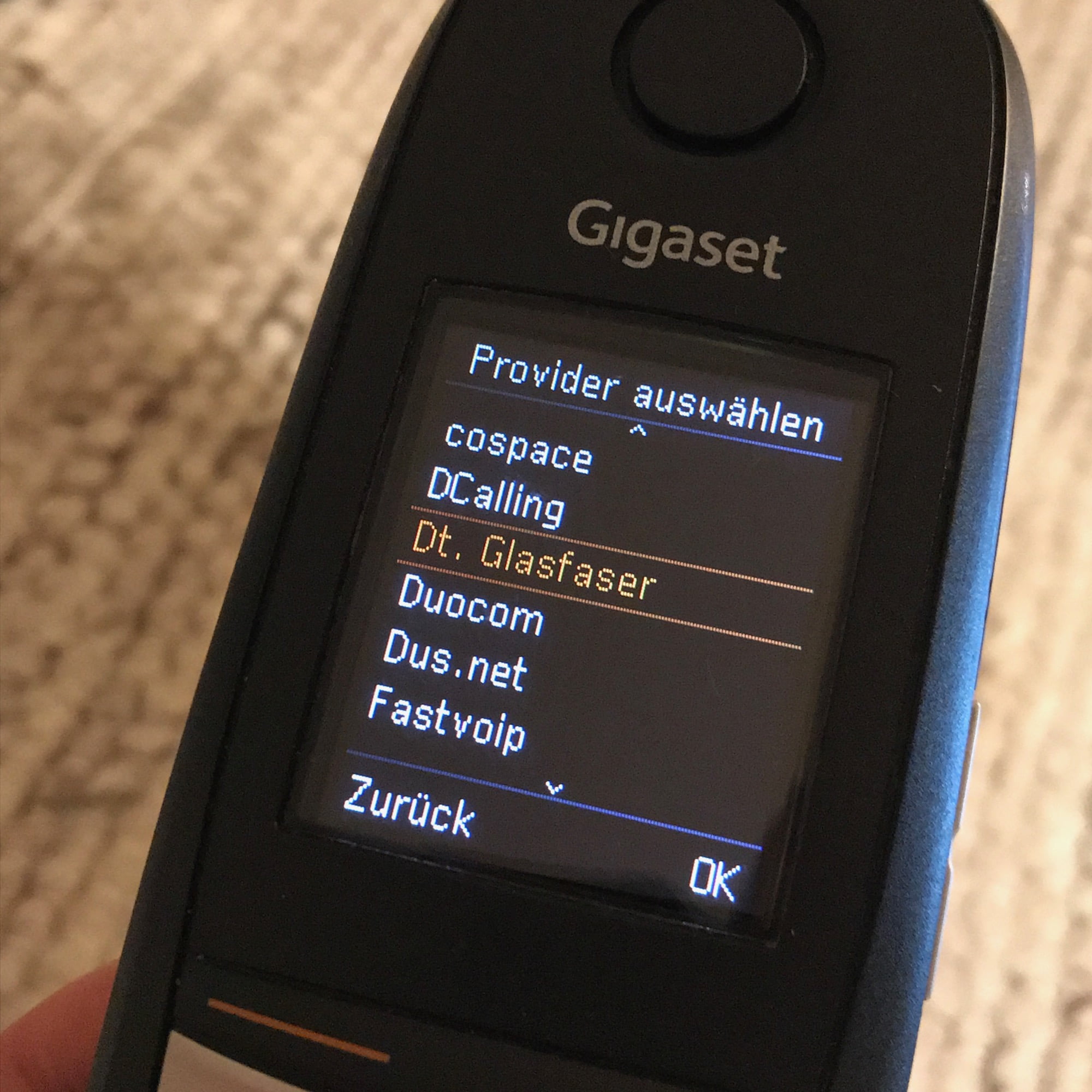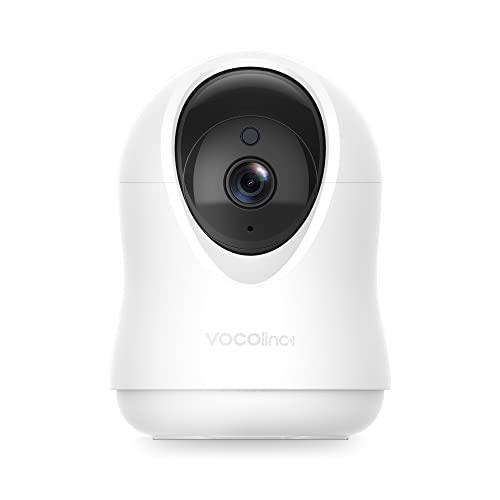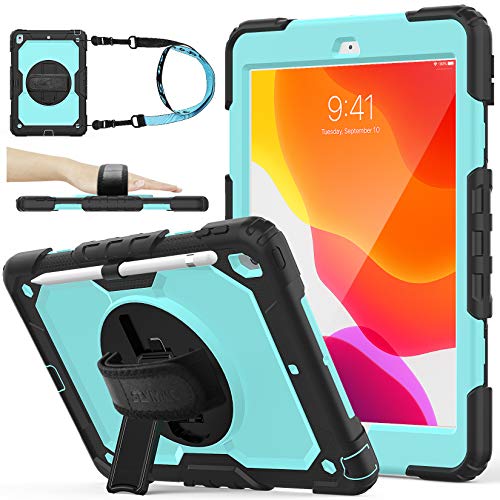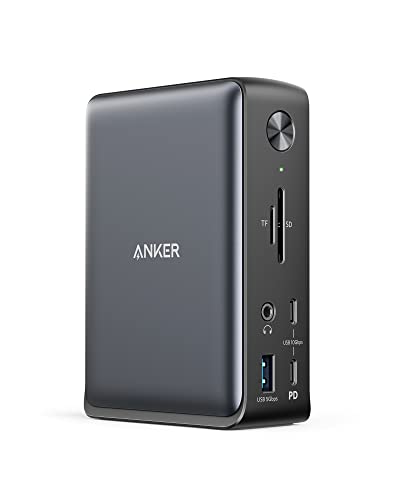A connection from Deutsche Glasfaser (German fiber) is a wonderful thing, as long as it works and you don’t have to mess with the support: you can surf the Internet quickly and, in our experience, quite reliably. The telephony, on the other hand, is a bit annoying: we spent several hours researching how to configure our telephony devices on our own line so that we can make calls in HD quality – we didn’t succeed. So if you have any further information here, you are welcome to post it below, we are very happy if someone is smarter and shares their experiences with us. Maybe you already have a configuration that allows for HD – feel free to share it too.
HD telephony in the Deutsche Glasfaser network with G.722?
Our configuration is the 400 Mbit/s down 200 Mbit/s up connection – so there’s enough bandwidth. The DECT base Gigaset Go Box 100, which we have already presented to you here, is used as the VoIP telephone. It is actually quite easy to set up because it also has a suitable profile for the Deutsche Glasfaser. However, you will not get a connection if you let them automatically select the codec on “high bandwidth”.
The box then selects the G.722 codec currently used for HD as the first priority and only as second the older G.711, which results in poorer quality.
We have found the following: although the German glass fiber company specifies the G.722 codec as the HD codec in their service description under item 6.4, the whole thing doesn’t really work. A very competent employee on the phone was also aware of the fact and advised us directly to G.711 – the same did the Gigaset support. The statement G.722 is to be classified as an error. And in fact outgoing and incoming telephony only works with G.711. With G.722 it comes to the situation that incoming calls from the o2 network don’t come through at all, calls from the Vodafone network connect and the caller hears you too, but you don’t hear anything yourself.
All calls from other providers only ring with G.711 as the VoIP codec
So we have the wild thesis that G.722 is somehow supported within the network, but no forwarding agreement exists between other providers and therefore simply no telephony is possible. Now with the Go Box 100 as well as with FritzBoxes there is the possibility to specify several codecs, e.g. first G.722 and then G.711, so that the best option is negotiated for each call. But according to our tests, that does not works well.
So we were forced to switch to G.711 because a telephone connection has to be reliable and we therefore prefer to do without better voice quality. In addition, the irony that you now have an information line that is based on light, but still have voice quality like in ISDN times, is quite entertaining.
Result: stay with ISDN quality and sit out the problem
The main problem with this situation, however, is that the support at Deutsche Glasfaser (apart from the one competent employee we caught) has absolutely no idea what a voice codec actually is, let alone was able to tell us how it interacts with other providers. That leaves the following tip from our side: If it’s running, don’t touch it. If it doesn’t work, only use G.711. If you absolutely want to use G.722, make several test calls to ensure that the calls also come through from the networks from which important calls come. As already mentioned, a test call from one network does not necessarily mean that you will also get a connection home if you have an emergency but the mobile phone is transmitting on the wrong network.
Conclusion: you have the fastest line in the world, but the VoIP quality gets stuck in the past. We therefore prefer to call using the mobile phone flat rate – HD telephony now works extremely well between all providers.





